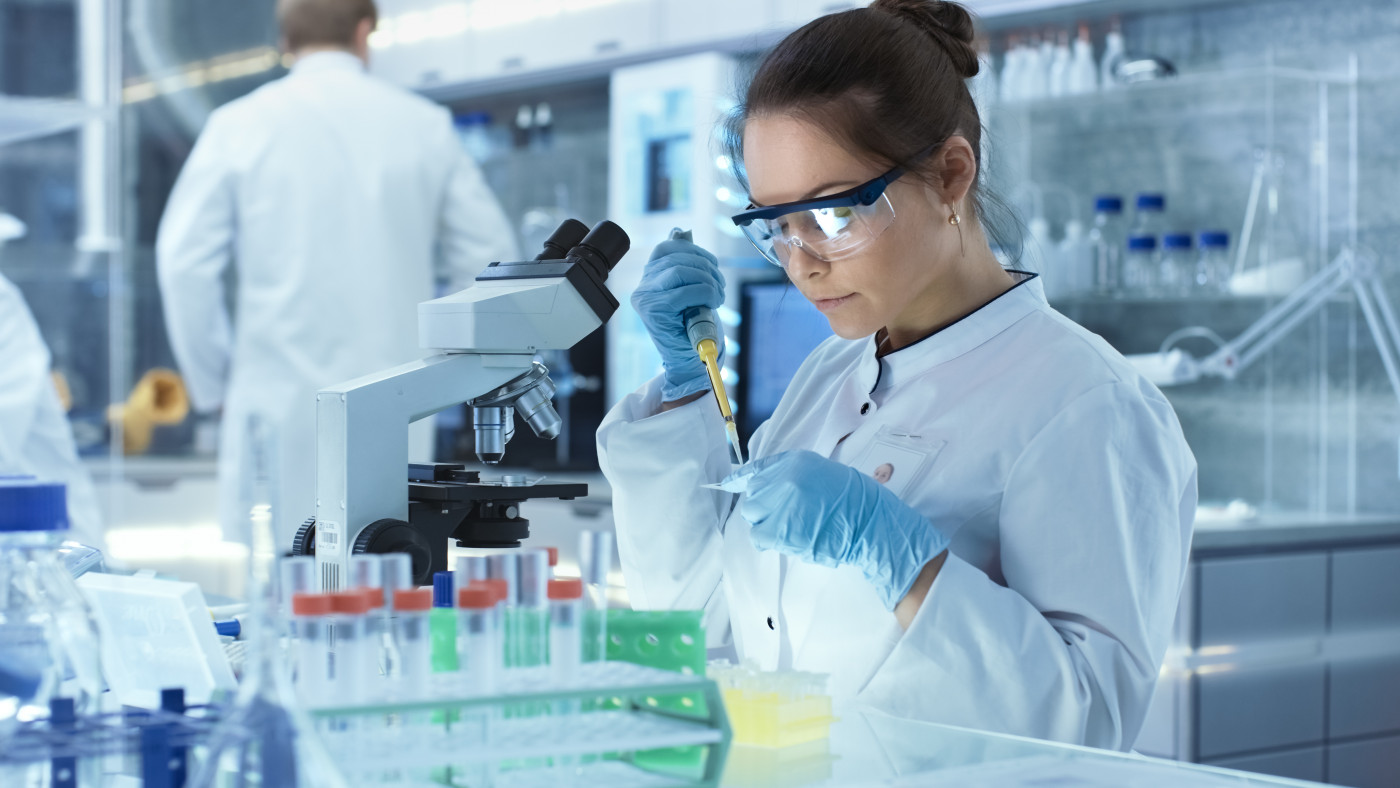New Gene Editing Technique Shown to Correct COL7A1 Gene in RDEB Cells
Written by |

A novel gene editing technique was able to correct mutations in COL7A1 in cells taken from people with recessive dystrophic epidermolysis bullosa (RDEB), providing a proof of concept for using the editing technique in the disease.
The finding was published in the Journal of Investigative Dermatology in a study titled, “Base editor correction of COL7A1 in recessive dystrophic epidermolysis bullosa patient-derived fibroblasts and iPSCs.”
The idea behind “gene editing” is simple: If a disease (such as RDEB) is caused by a mutation in a gene (COL7A1), then changing the genetic code to remove the mutation should functionally cure the disease. Of course, rewriting genetic code in living cells — much less in human beings — is far from simple.
Most current lab techniques basically involve “cutting out” the section of DNA that has the mutation, then replacing it with a healthy version. The problem is that there are often small insertions or deletions in the code where the DNA is “cut,” which isn’t desirable.
In the new study, researchers tested a novel editing technique that uses a lab-made protein called an adenine base editor (ABE) to change just one nucleotide (a “letter” in the DNA code) without the need to cut out a whole chunk of DNA.
The researchers tried using ABE to correct mutations in COL7A1 in skin cells taken from two RDEB patients. Broadly, they were successful, correcting the mutation in the DNA in about 24% of the cells; these cells also expressed collagen type VII (C7), the protein encoded by COL7A1.
The researchers then used the corrected skin cells to generate induced pluripotent stem cells (iPSCs, a type of cell that will perpetually divide and that, through chemical cues, can be led to differentiate into many different cell types). These iPSCs still expressed C7, providing a proof of concept that could be helpful in translating these findings into patients.
The researchers also surveyed other spots in the cells’ genomes to see whether there were any places the ABE was making changes it wasn’t intended to. They didn’t find any, suggesting a fairly low off-target rate.
“Collectively, our study shows the feasibility of autologous cellular engineering using base editing to correct COL7A1 mutations in cell populations currently employed clinically for RDEB,” the researchers concluded.





